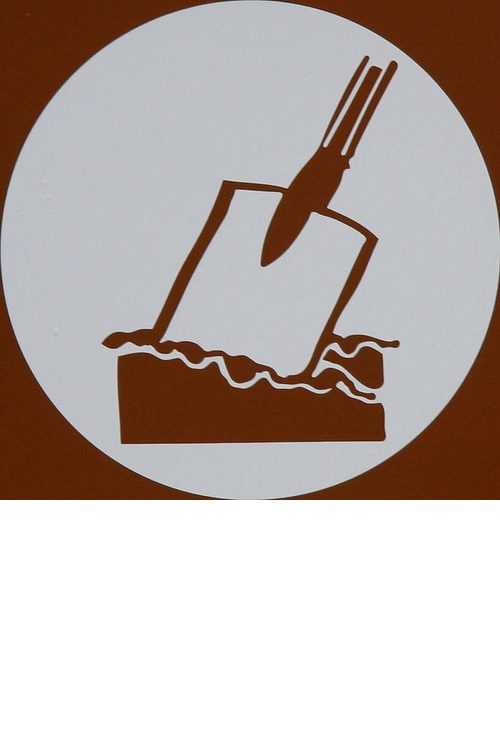 Garden Soil Preparation - March 29, 2017 Jeff Schalau, Agent, Agriculture & Natural Resources University of Arizona Cooperative Extension, Yavapai County Proper soil preparation is vital to any successful vegetable or annual flower garden. We need to provide sufficient nutrients and organic material prior to planting to ensure production and performance during the subsequent growing period. Most gardeners till in the soil amendments. However, tillage is not an absolute necessity (e.g. lasagna gardening, no-till agriculture). Either way, when these materials are combined with proper proportions and placement, your flowers and vegetables will flourish. Organic matter improves overall soil tilth for seedling establishment and root growth. In challenging situations, organic matter will improve water infiltration and drainage of clay soils as well as water and nutrient holding capacity of sandy soils. Soil organic matter breaks down into humus with the help of native soil microbes, worms, and insects. As the soil microbes, worms, insects and plant materials live and die, they also become soil organic matter. Organic matter is rapidly broken down in our alkaline soils and by the summer heat, so the organic matter pool must be replenished each year. Good sources of organic matter are garden compost, composted manures, green manures (crops specifically grown to be tilled in), and other “non-woody” material. Peat moss is also a source of organic matter, but it is mined from bogs and not truly a sustainable resource. Straw, sawdust, and other “brown” materials are low in nitrogen and should be composted with other “green” wastes or other nitrogen-containing material before being added to the garden. Alfalfa meal, feather meal, blood meal, and cottonseed meal are organic matter sources that also provide nitrogen and other essential plant nutrients. In recent years, I have been using alfalfa cubes (a type of horse feed) as a portion of my organic matter/nutrient source. Whatever your organic matter source, it can be spread 2-3 inches thick on the soil surface and tilled in to a depth of 10-12 inches. In my garden, tillage is necessary due to yearly invasions of neighboring tree roots. Phosphorus fertilizer can also be added prior to tilling. Phosphorus should be placed just under seeds and transplants where the roots will grow through it. Nitrogen is also a necessary nutrient, but you must consider what the nitrogen content of the organic matter source used as well as the crop being grown. If you are in a limestone area, an addition of soil sulfur will decrease soil pH and increase availability of iron, phosphorus and other nutrients. I use a shovel to till, but a rototiller will make tilling large areas easier. An alternative to spreading organic matter and fertilizers over the entire garden is to prepare soil in beds or rows only. This conserves your organic matter supply by strategically placing it where the plant roots will be. When I plant a row or a bed, I remove the first shovel depth of soil and place it to the side. I place 3 inches of compost, a layer of rich compost (from composted chicken manure), and triple super phosphate (0-45-0) in the hole, then till it in. After this, I rake the soil placed on the side back into the hole and mix again. Once the amending and tilling are done, the entire area should be raked until it is level. Irrigate to settle the soil and allow it to dry for a day or so. Never work the soil when it is soaking wet as this will cause compaction and/or degrade soil structure. Rake again and plant seeds or transplants. If transplants are used, consider “butterflying” the root system at planting time. This is done by splitting the root system partially in half from the bottom and spreading the split portion before planting. Nitrogen can also be side dressed and watered in during the growing season for nitrogen demanding crops such as corn. There are many variations on this theme and other methods are outlined in various vegetable and flower gardening books. In arid regions, annual flowers and vegetable crops always perform best when organic matter is added to the native soil. Nitrogen and phosphorus are also needed to grow vigorous, productive plants. Periodic soil testing will help determine if subsequent additions phosphorous are necessary. After some experience, gardeners generally adapt these basic recommendations into methods that work for them. I’ve included photos and additional resources below. Follow the Backyard Gardener on Twitter – use the link on the BYG website. If you have other gardening questions, call the Master Gardener help line in the Camp Verde office at 928-554-8992 or e-mail us at verdevalleymg@gmail.com and be sure to include your name, address and phone number. Find past Backyard Gardener columns or provide feedback at the Backyard Gardener web site: http://cals.arizona.edu/yavapai/anr/hort/byg/. Photos 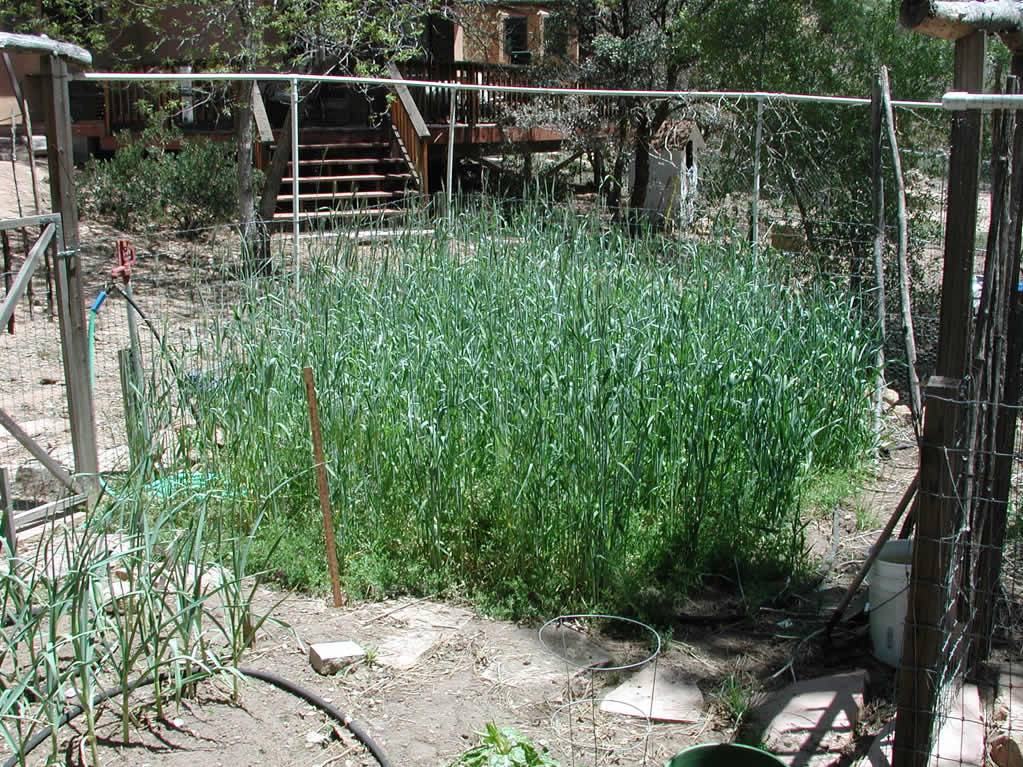 Cereal rye and hairy vetch cover crop growing in spring. 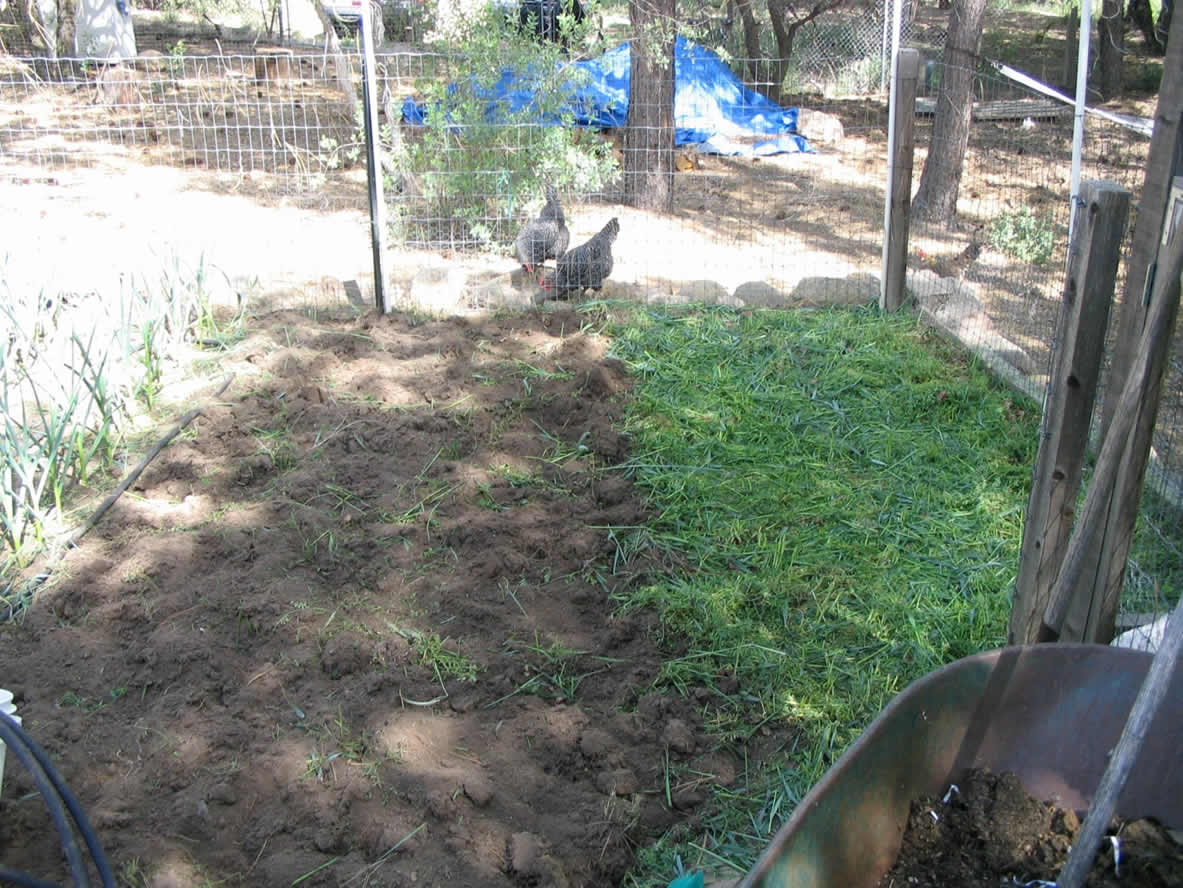 Cereal rye and hairy vetch cover crop chopped (right) and tilled into the soil as green manure (left). 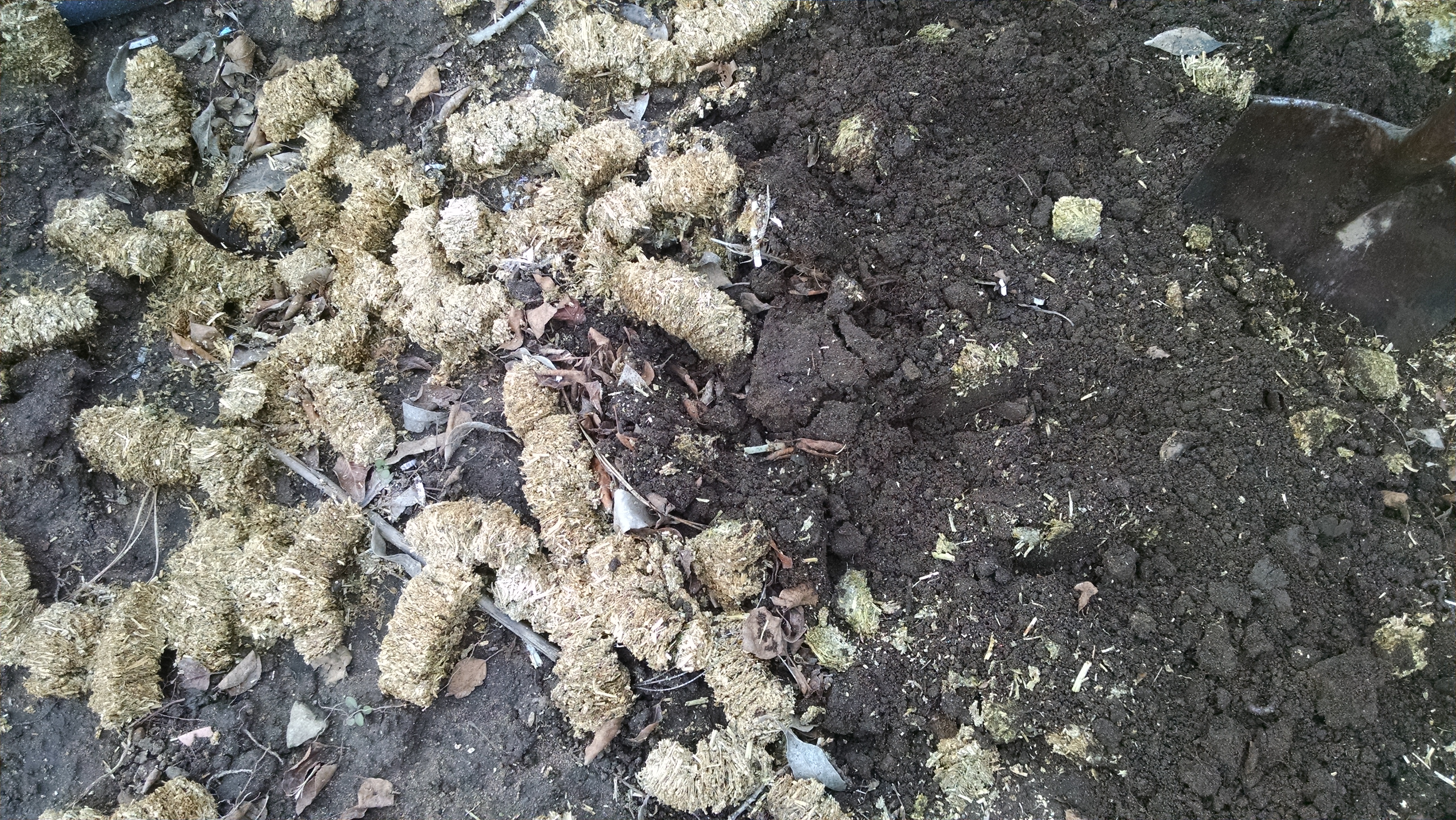 Alfalfa cubes which were applied to the soil surface, well moistened, and allowed to expand for one week (left). These were tilled into the soil where they composted in place. Crops were planted days after tilling (right). Composting alfalfa provided time-released nutrients. Alfalfa cubes can also be top-dressed during the growing season. 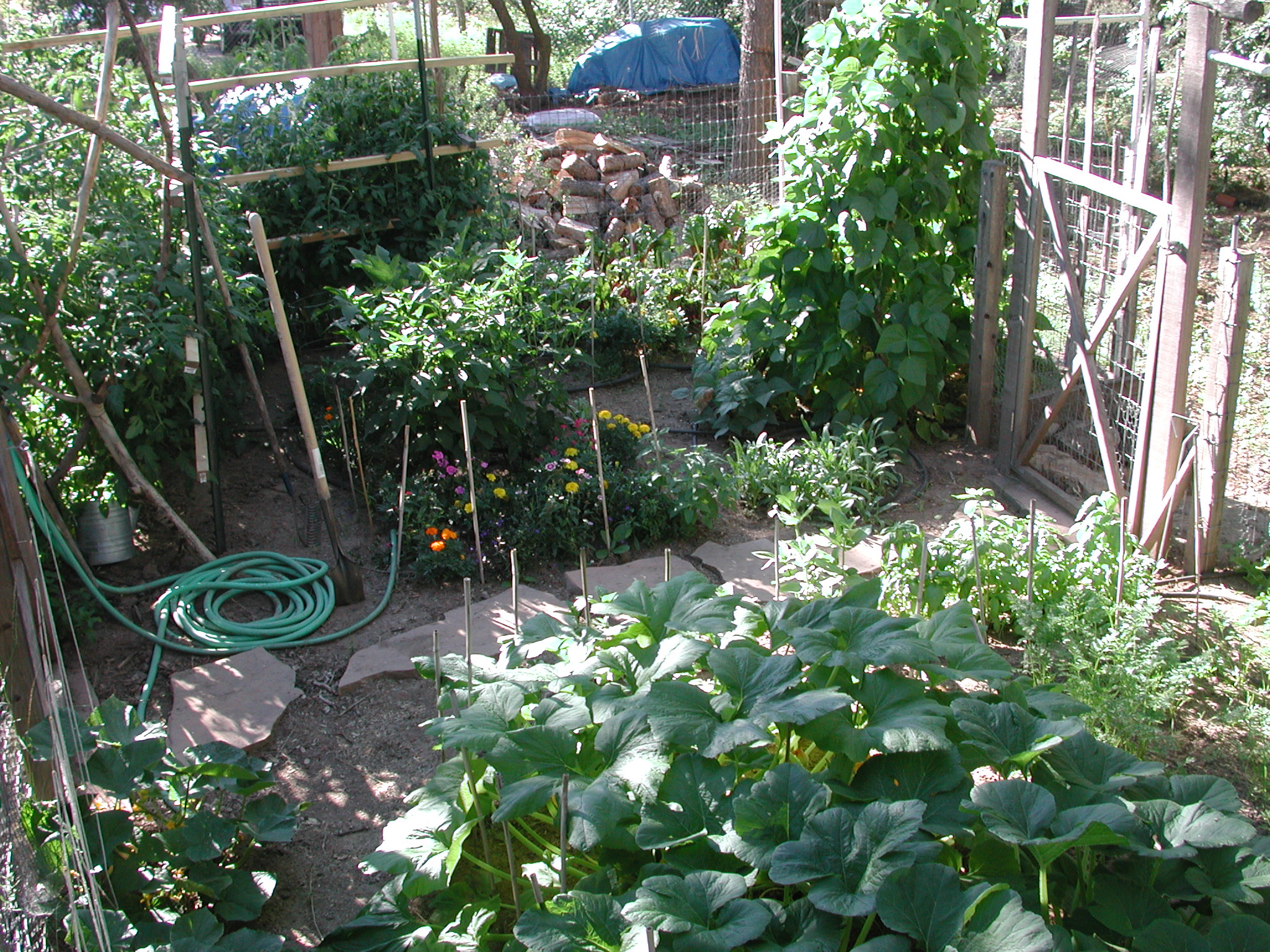 Proper soil preparation before planting leads to healthy and productive vegetable crops. Additional Resources Ten Steps to a Successful Vegetable Garden University of Arizona Cooperative Extension extension.arizona.edu/sites/extension.arizona.edu/files/pubs/az1435-2015.pdf Preparing Garden Soil Utah State University Cooperative Extension extension.usu.edu/files/publications/factsheet/HG_H_01.pdf Soil Preparation of the Vegetable Garden eXtension (a national Cooperative Extension resource) articles.extension.org/pages/13419/soil-preparation-of-the-vegetable-garden Soil Testing Texas A & M University soiltesting.tamu.edu/ |